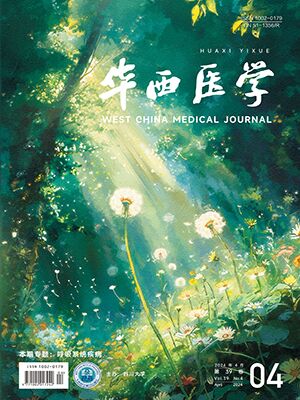Objective To investigate the situation of hospital infection with bacteria producing extended-spectrum β-lactamases (ESBLs), find the source of infection and analyze its transmission route, and take effective prevention and control measures to reduce the incidence of nosocomial infection.
Methods A hospital neonatal ward had six cases of ESBL-producing bacteria infections on February 16 to 26, 2012. According to the processing procedure for hospital infection outbreak, we carried out epidemiological investigation on the patient with suspected hospital infection, including checking the medical records, asking the doctor in charge about the patients'clinical symptoms, collecting sputum samples of the patients and environmental microbiology examination, etc.
Results Four cases of infection were community-acquired, and two were nosocomial infection. Infection onsets were concentrated (between February 16 and February 26, 2012). Patients had similar clinical symptoms, including fever, cough, cough sputum, and lung wet rales, which showed a lower respiratory infection. Six strains of ESBL-producing Escherichia coli were isolated from the infected children, and their susceptibility reports were not entirely consistent, indicating that they did not belong to the same species and were not homologous pathogens. Through bedside survey, we also isolated from the environmental samples 6 ESBL-producing bacteria, and these bacteria were acquired from the milk countertops, kettle, ventilator tube, two doctors'nasal cavity, and the cleaners'nasal cavity in corresponding wards of those infected children.
Conclusion The infection does not belong to an outbreak of nosocomial infection, and it is only an aggregation event of ESBL-producing Escherichia coli. The symptoms of infection were mainly because of lower immunity of children themselves, plus not so good aseptic technique and management in the department of neonatology. Therefore, strengthening hand hygiene management of medical staffs, and regular environmental sanitation and disinfection can reduce the incidence of neonatal hospital infection.
Citation:
CHENLi-ping, HUANGWei, SUNRui, LIUXian-ying. Investigation of Hospital Infection with Bacteria Producing Extended-spectrum β-lactamases in the Department of Neonatology. West China Medical Journal, 2014, 29(3): 425-427. doi: 10.7507/1002-0179.20140128
Copy




